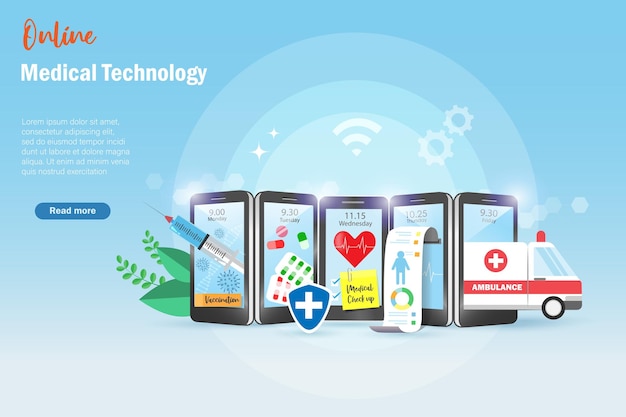A Comprehensive Overview to Subscription Based Healthcare: What You Need to Know
A Comprehensive Overview to Subscription Based Healthcare: What You Need to Know
Blog Article
The Rise of Subscription-Based Health Care and Its Influence On Client Treatment
As medical care progresses, the subscription-based design is obtaining grip, promising to revolutionize patient care by offering predictability and accessibility. These versions, which bypass conventional insurance policy, can redefine the patient-doctor dynamic, emphasizing precautionary and tailored treatment. Yet, similar to any development, they provide difficulties, especially worrying equitable gain access to for all socioeconomic groups. The potential for these models to improve medical care distribution elevates pushing inquiries concerning their lasting sustainability and inclusivity. Are these registration solutions the future of health care, or do they risk leaving susceptible populations behind? The intricacies of this change warrant a better assessment.
Understanding Registration Health Care Models
Grasping the idea of subscription medical care models entails taking a look at a transformative method to clinical services that stresses affordability and access. These designs, typically described as straight health care (DPC) or concierge medication, have arised as innovative options to standard fee-for-service medical care systems. Subscription health care permits patients to pay a set monthly or yearly cost for a defined collection of clinical services, which may consist of unlimited workplace check outs, regular check-ups, and fundamental laboratory examinations, without the need for standard insurance billing.
The framework of registration healthcare designs is made to improve person care by eliminating third-party payers and complicated invoicing codes, therefore reducing administrative problems. Doctor can concentrate extra on person treatment, cultivating stronger patient-provider connections. This design likewise promotes preventative care by encouraging normal gos to, as the monetary obstacle of per-visit charges is removed.
The membership design commonly encourages doctor to manage smaller sized person panels, enabling even more tailored treatment. It lines up monetary rewards with client health outcomes, as service providers are motivated to maintain person satisfaction and health. On the whole, comprehending subscription healthcare versions needs acknowledging their potential to improve exactly how care is supplied and accessed.
Advantages for Clients and Companies

With a steady profits stream, health care professionals can devote even more time to each individual, leading to a more comprehensive and personalized care experience. The focus on preventive treatment within subscription strategies can lead to better individual outcomes and minimized lasting medical care costs.
Obstacles and Issues
While subscription-based medical care designs existing numerous advantages, they also feature a set of difficulties and concerns that should be resolved. Ease of access stays a substantial issue, as these models typically target people that can manage month-to-month costs, possibly excluding low-income populaces. This raises ethical questions about equitable access to healthcare services. Furthermore, the different nature of membership strategies can cause complication amongst people relating to insurance coverage specifics, possibly causing unmet assumptions or inadequate care.
Financial sustainability of subscription-based designs is one more issue. Companies need to balance the fixed revenue from registrations with the variable expenses of health care services, which might rise and fall because of unanticipated medical needs. This can develop pressure to limit solutions or boost fees, possibly affecting client satisfaction and care top quality.
Moreover, governing oversight of subscription-based healthcare models is still progressing. Resolving these obstacles is crucial for the successful and equitable application of subscription-based health care.
Impact on Patient-Doctor Relationships
One considerable influence of subscription-based medical care models on patient-doctor relationships is the potential for enhanced continuity and customized care. By adopting a subscription design, medical professionals can take care of a smaller sized person panel, permitting even more committed time with each person. This raised schedule cultivates a much deeper understanding of a person's case history, way of life, and preferences, enabling more tailored therapy strategies and interventions.

However, it is vital to acknowledge that while subscription-based models might profit those who can manage them, they could accidentally expand health care disparities. People who are incapable to join these models could experience lower accessibility to personalized treatment, potentially influencing their relationships with doctor. Thus, while the registration design supplies appealing benefits for patient-doctor connections, it additionally positions obstacles that need to be resolved to guarantee fair healthcare gain access to.
Future of Health Care Gain Access To

The function of innovation can not be overlooked in this change. Telemedicine systems and electronic health and wellness documents promote smooth interaction in between people and doctor, breaking down geographical and logistical barriers. Additionally, developments in expert system and data analytics can further personalize treatment by anticipating individual requirements and maximizing therapy strategies.
Nevertheless, the future of health care gain access to also presents obstacles, such as making certain equity throughout different socio-economic groups. Policymakers and healthcare providers must team up to connect the digital divide, ensuring that subscription-based versions stay budget-friendly and inclusive. As these systems grow, they hold the pledge of making health care more obtainable, effective, and patient-centric.
Verdict
Subscription-based medical care versions are improving patient care by offering a steady expense structure and improving availability. The rise of subscription-based health care motivates positive individual involvement, which has the possible to boost individual end results and contentment, signifying a transformative change in medical care distribution.
As medical care advances, the subscription-based version is getting grip, guaranteeing to transform individual care by supplying predictability and accessibility.Subscription-based healthcare versions supply distinctive benefits for both individuals and suppliers, improving the overall healthcare experience.As medical care systems progress, the future of health care access regularly pivots on the integration of cutting-edge models and technologies.Subscription-based medical care designs are reshaping patient treatment by offering a stable expense structure and boosting availability. The increase of subscription-based medical care original site motivates proactive person interaction, which has the potential to boost client outcomes and contentment, indicating my latest blog post a transformative change in health care distribution.
Report this page